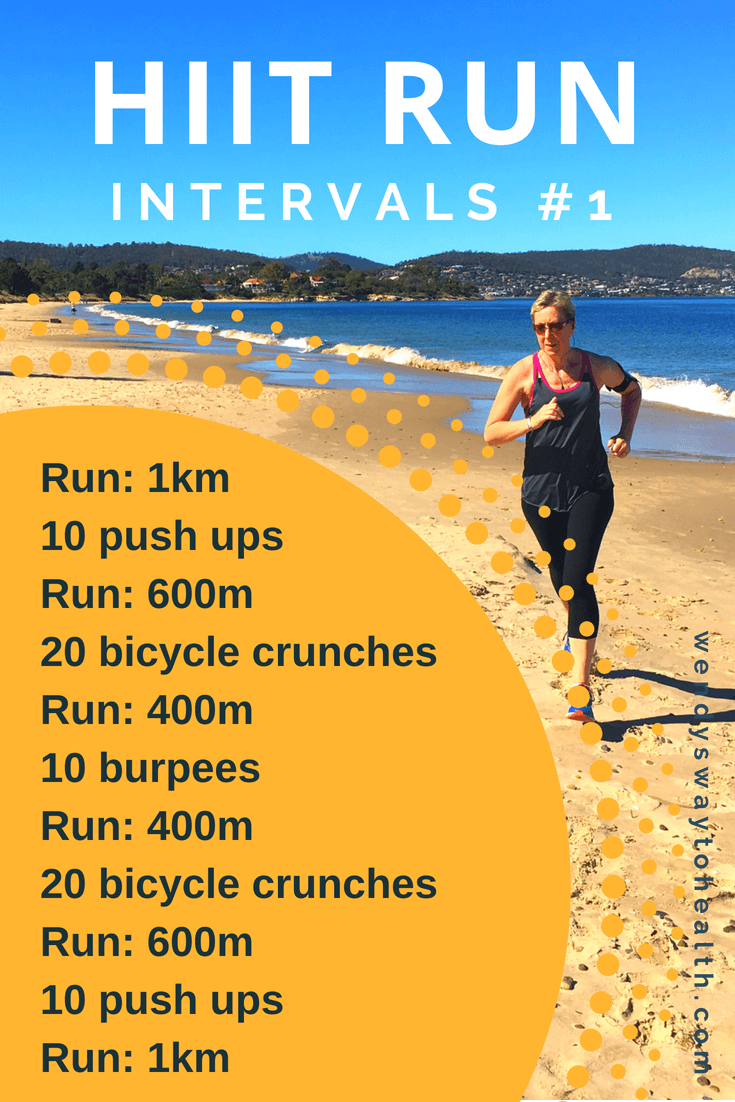Running Workout Techniques: Strategies to Boost Endurance and Speed
Wiki Article
Exactly How to Prevent and Handle Pain in Operating: Expert Tips and Guidance
As runners, we typically find ourselves captured in between the excitement of pressing our physical borders and the discomfort that can accompany it. The quest of that jogger's high can occasionally be impeded by the unwelcome companion of pain. Whether you are an experienced marathoner or a beginner striking the pavement for the very first time, the bothersome visibility of pain and discomfort is a common measure. There exist tried and tested approaches and professional suggestions that can help reduce and take care of these discomforts, permitting you to concentrate on the pleasure of running itself.Value of Correct Footwear
Appropriate footwear plays a vital function in protecting against and handling discomfort for joggers, as it significantly impacts their convenience, efficiency, and overall foot health and wellness. When it involves running, using the right footwear can make all the difference. Uncomfortable or inappropriate shoes can bring about a host of issues such as blisters, shin splints, plantar fasciitis, and a lot more extreme injuries like stress and anxiety fractures.Selecting the proper running shoes entails considering factors such as foot type, stride auto mechanics, running terrain, and individual preferences. Runners with high arches might call for more cushioning and support, while those with flat feet might gain from stability footwear. Additionally, recognizing pronation (the inward rolling of the foot) and supination (the outside rolling of the foot) can aid in selecting footwear that provide the ideal degree of arch assistance.
Purchasing high quality running shoes that are suitable for your private needs can assist stop pain and discomfort while improving your running experience. Prioritizing proper footwear is not nearly efficiency however likewise about securing your foot health and wellness in the future.

Efficient Warm-up Methods
Footwear selection is just one aspect of preparing for a successful run; an additional important aspect is applying efficient warm-up strategies to optimize efficiency and lower the threat of injury. A vibrant workout regimen prior to a run helps boost blood circulation to the muscles, enhances adaptability, and boosts the series of activity of the joints. Dynamic extends like leg swings, high knees, and hip circles are valuable in preparing the body for the physical demands of running. Progressively raising the intensity of the warm-up workouts can assist trigger the muscles and boost neuromuscular control.In enhancement to vibrant stretches, including some light cardio exercises such as running or avoiding rope can better boost the heart rate and warm up the body. This combination of dynamic extending and light cardio aids loosen tight muscle mass, lube the joints, and mentally prepares the runner for the upcoming workout (running workout). By making warm-ups a consistent component of your running routine, you can significantly decrease the danger of injuries and carry out at your finest throughout each run
Key Extending Workouts
When preparing for a run, including essential stretching workouts is necessary to boost muscle adaptability and go to this site prevent injuries - Read More. Dynamic stretches such as leg swings, high knees, and hip circles are useful for heating up the muscular tissues and enhancing series of motion prior to a run. These activities assist boost blood circulation, loosen limited muscles, and prepare the body for the task in advanceStatic stretches like calf bone stretches, hamstring stretches, and quadriceps stretches need to comply with a run to aid in muscle recuperation and protect against tightness. Holding each stretch for 15-30 seconds allows the muscular tissues to loosen up and lengthen, reducing the risk of post-run pain and potential injuries.
In addition, including yoga exercise postures like descending dog, pigeon posture, and back spins can target multiple muscle teams simultaneously, advertising total flexibility and toughness. Constant extending regimens not only boost efficiency yet also aid in keeping great running type and stopping overuse injuries. Keep in mind, appropriate extending methods are critical for a secure and satisfying running experience.
Recuperation and Relax Approaches
After finishing a run, executing efficient healing and remainder techniques is crucial for maximizing performance and decreasing the risk of injuries. One vital element of recovery is enabling the body time to relax and fix itself. Appropriate sleep is extremely important as it is throughout rest that muscle mass recuperate and expand more powerful. Furthermore, integrating day of rest into your training schedule is vital to stop overuse injuries and burnout.Active recuperation techniques such as mild stretching, foam rolling, and yoga exercise can aid improve flow, decrease muscular tissue discomfort, and enhance adaptability. It is likewise valuable to prioritize hydration and nourishment post-run to renew electrolytes, glycogen stores, and promote muscular tissue recuperation.
Cross-training tasks like swimming or biking can supply a break from the repetitive impact of running while still keeping cardio health and fitness - running strategy. Paying attention to your body and identifying when it requires a break is key to avoid persistent injuries and guaranteeing long-lasting running success. Keep in mind, remainder is not an indicator of weak point but an essential element of a well-shaped training program
Cross-Training Advantages

It allows you to function on various aspects of health and fitness that might not be targeted entirely through running, leading to a more well balanced and versatile athlete. Additionally, cross-training can help enhance running efficiency by dealing with muscle imbalances and weaknesses that might impede efficiency.
Verdict
In final thought, correct footwear, warm-up techniques, extending exercises, healing techniques, and cross-training are vital elements in stopping and taking care of discomfort in running. By including these methods into your routine, you can minimize the threat of injury and pain while making best use of performance and pleasure of the sporting activity. Read More. Bear in mind to pay attention to your body, focus on remainder and recovery, and look for expert support when needed to make sure a safe and efficient running experienceReport this wiki page